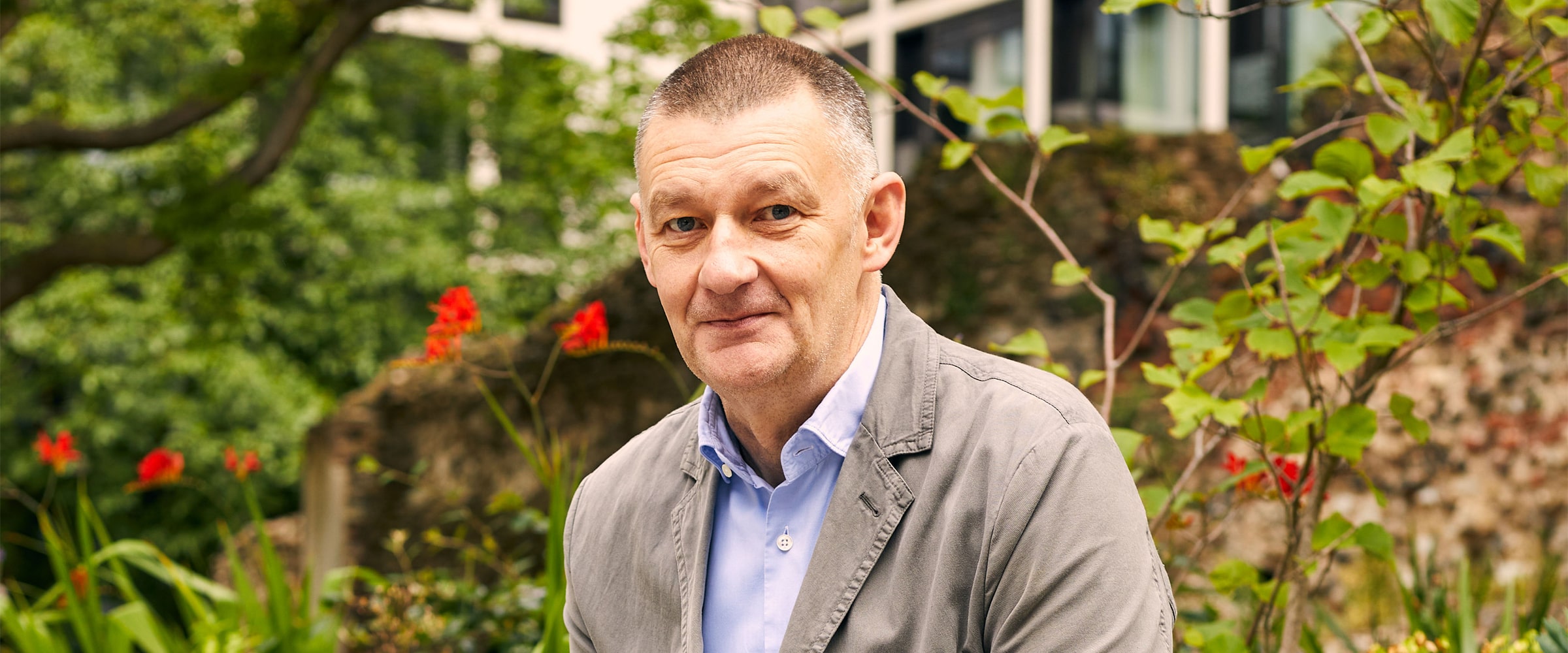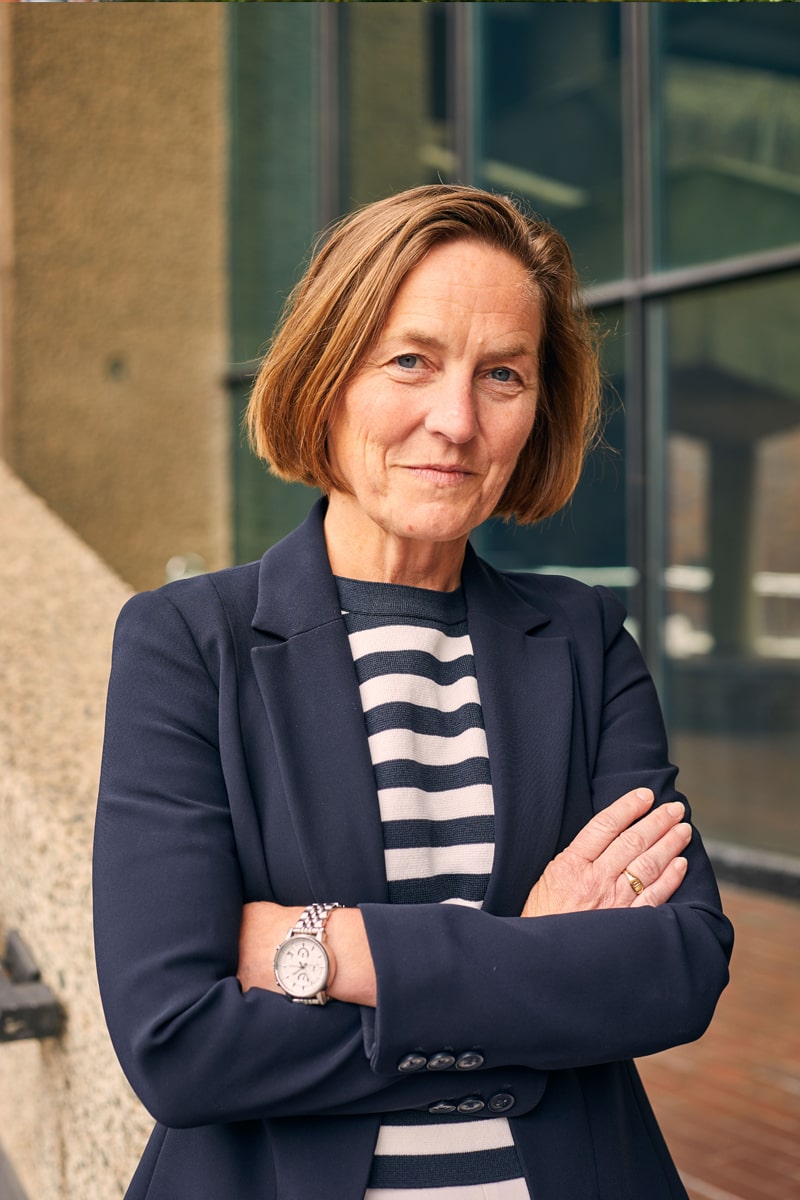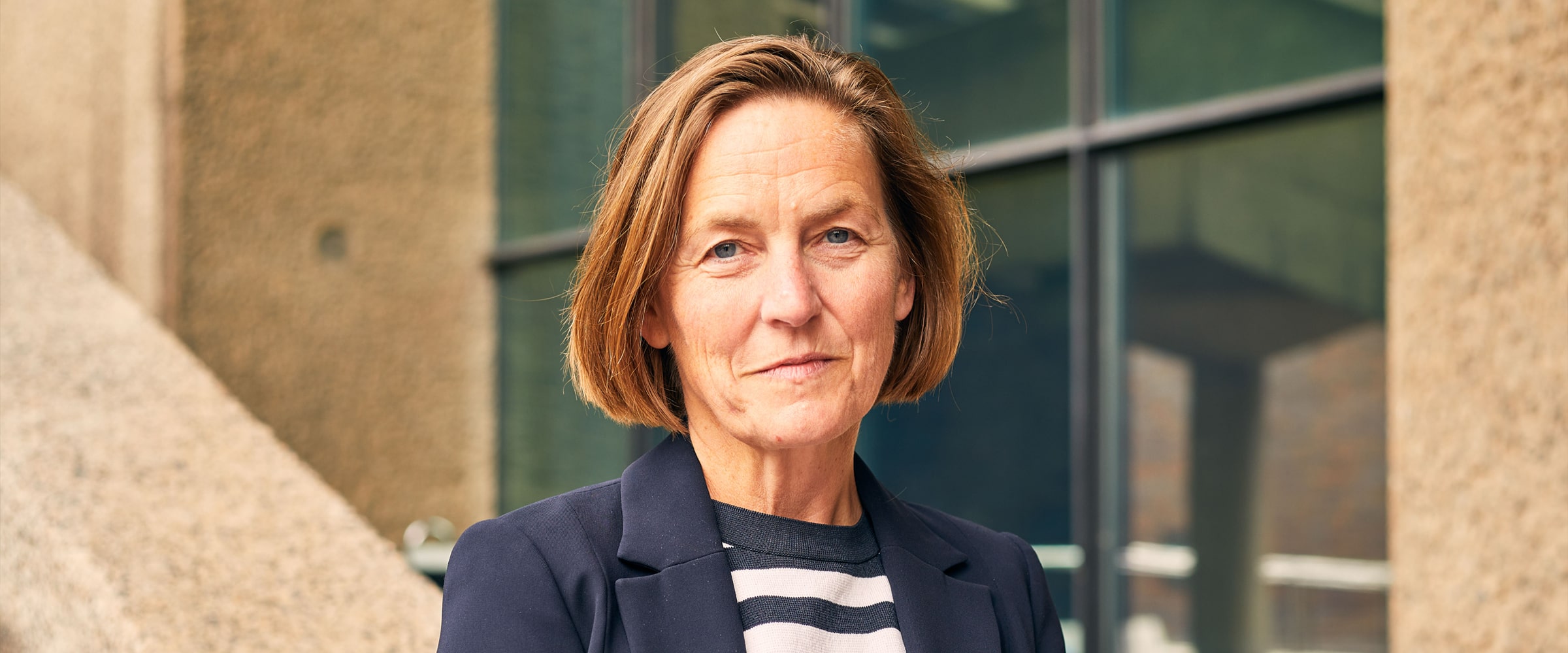“Working together, investors, developers and local authorities can breathe new life back into our town centres, provide communities with a sense of identity and create spaces that are economically successful, culturally significant and fit for the future,” says Nick Walkley.
“We describe ourselves as the ‘people for place’ because we’ve got a set of skills that are uniquely balanced between a deep technical capability and strong, public and private sector relationships that mean we’re able to help each player shape how they are thinking about, and how they invest in places,” he adds.
“And when we get place right, we add value for our clients, the communities and businesses that we touch and the opportunities that we create provide a meaningful social and economic legacy. That is the fundamental driver for what we do,” says Jo.
“We essentially act as the interface between public and private sectors by writing strategies and creating business cases for regeneration schemes. But it’s definitely not one size fits all – every interaction we have is different,” Jo explains.
And it’s difficult to get right. Often the team are engaged to unpick failed attempts, supporting them to find the right opportunities and providing the strategic thinking and guidance to nudge a plan back in the right direction.
“Each place and each partnership has its own challenges and opportunities – so we adapt and customize our approach according to what our clients need from us, taking into consideration the unique regional and social requirements of that place,” she adds.
Importantly, neither sector can act in isolation when it comes to the challenges and opportunities our cities present us. Amidst these challenges, it’s clear that there is a desire from both public and private organisations to create spaces that support positive social and community impact alongside economic viability for all involved.










